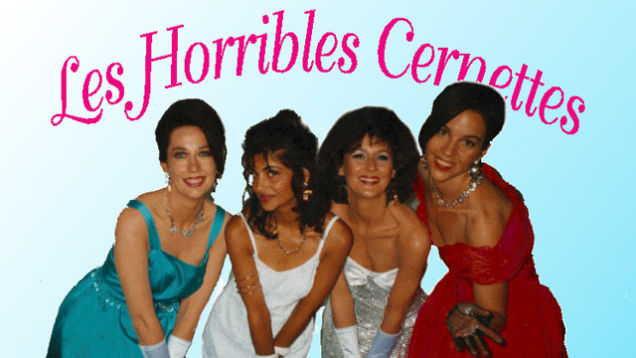02.
The early web looked a lot like this. Black text, Times New Roman, no images or other styling; information presented vertically on a white page with a few headings and blue links scattered throughout. The focus had to be on quality content, because there was little else that could be included. Tim Berners-Lee’s original Style Guide for Online Hypertext included important tips like including your name and contact information, not changing the URL constantly, and (of course) using links properly. But slowly, people started finding ways to customize their pages using existing HTML coding methods, or creating news ways of customizing web pages, like images (added to the HTML specification in 1993):

The first photo ever posted on the web, of a CERN laboratory-based comedy troupe (Chan, 2012).
There was some argument about the release of code that different colors, fonts, and backgrounds: “You’re not supposed to be able to do things like that in HTML” (Raggett et al, 1998). The web was created primarily with the scientific research community in mind, and HTML was meant to help organize, structure, and communicate text. Over the decades programming languages and libraries were created, combined, improved up, and adapted for the web to do things like add styles to a page, create and pull information from server databases, react to a visitor’s actions and dynamically create content for them, remember a visitor’s preferences, incorporate non-web software and programs, and more. While the first few years of the web was built almost entirely in HTML and CSS (Cascading Style Sheets), today's web uses dozens of programming languages, open source code libraries, and proprietary corporate frameworks.